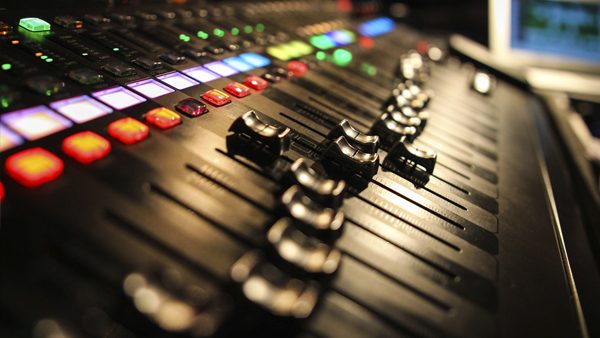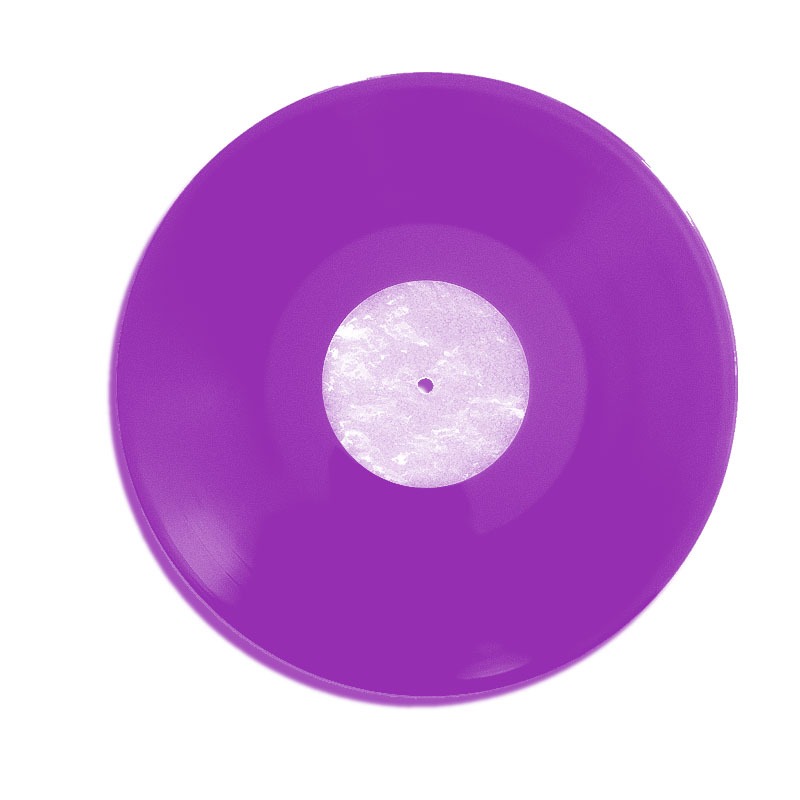Building an effective music promotion plan on any budget is vital for promoting your music in 2023. In the past, music promotion was mainly the job of industry professionals, but now artists have more control over their strategies.
Next to the previous post, the right plan includes digital distribution, social media, and email, as well as traditional methods like live shows, press kits, and mailing lists.
Despite being hard work, incorporating music promotion into your marketing plan is worth the effort. Our part two simple music promotion guide will continue to guide you through the essential steps to help you create an effective plan. Here we go!







